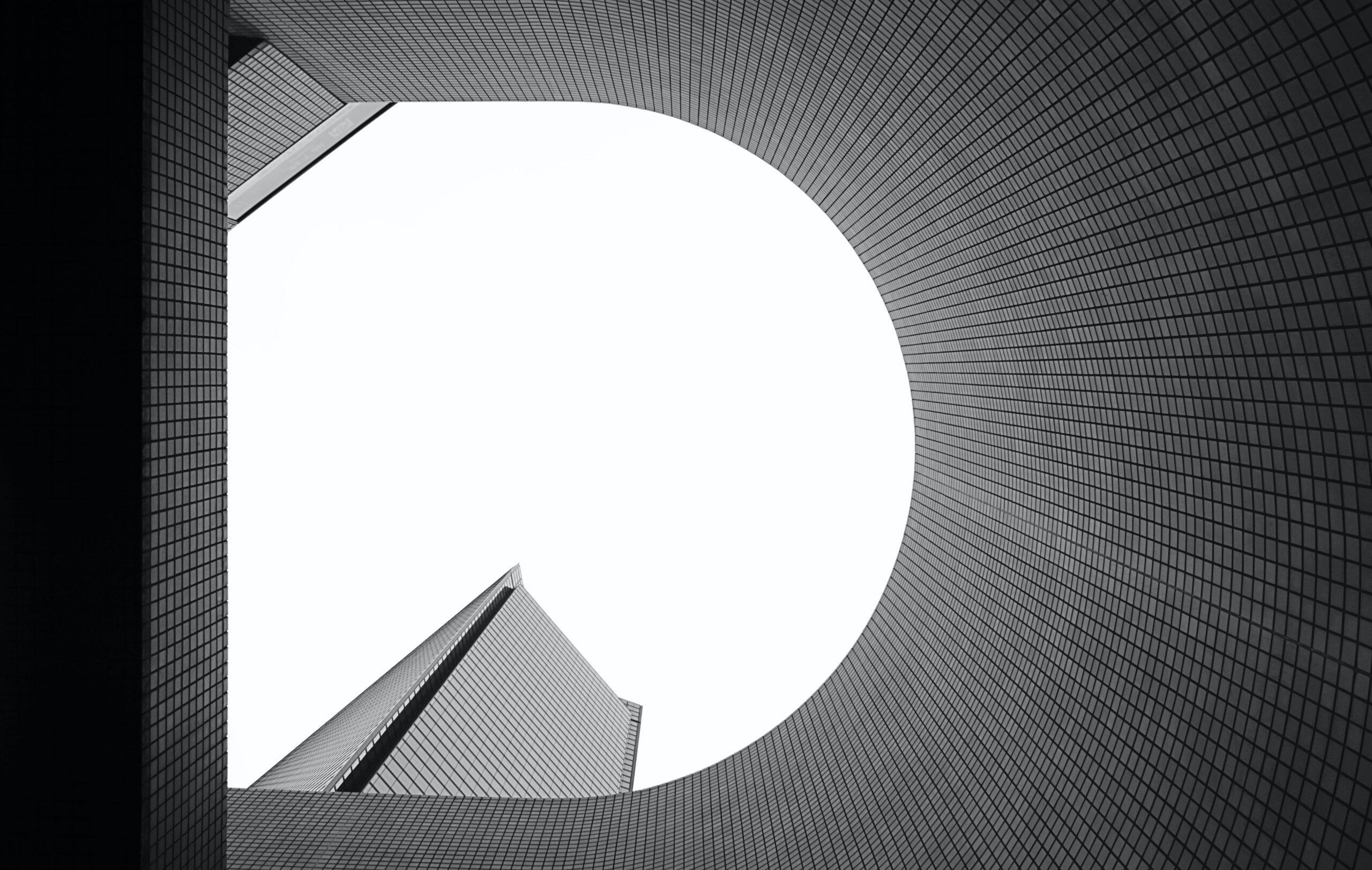Since the beginning of the year, the topic of rising interest rates has been omnipresent. Increased mortgage prices are keeping real estate investors and homeowners busy. It is up to each individual to decide whether to change their strategy. In order to define the next steps, we recommend modeling the interest costs and visualizing the risks and possible interest costs. This helps in the decision-making process. This is especially important for long-term decisions such as financing.
High inflation in the US, the euro area and other currency areas is keeping national banks busy. In recent years, capital markets have enjoyed almost endless liquidity and low interest rates from national banks. This year, based on the inflation data, a more restrictive monetary policy is on the horizon.
One of the instruments available to the national banks to combat inflation is interest rate control. The market now assumes that the US Federal Reserve will raise interest rates in four steps this year. In addition to the Fed, the ECB also indicated last week that an interest rate hike is no longer a taboo subject, as inflation in the euro zone is proving to be more stubborn than expected. The central banks are faced with the great challenge of not sending the economy and stock markets into crisis through their actions. After all, a recession would mean that interest rates would have to fall again.
The cheap loans of the last few years led to governments and households borrowing more money and to a rise in global debt. Figure 1 below shows the ratio of general government debt to GDP from 2005 to the end of 2020 for selected countries. The figure shows that the debt of Belgium, Canada, France, Greece, Italy, Portugal, the UK and the US currently exceeds their annual GDP. What is impressive is the increase in debt at the beginning of 2020, when the countries once again borrowed heavily to combat the Corona crisis, resulting in a sharp increase in the debt-to-GDP ratio. On the one hand, this is due to the fact that economic output fell sharply in 2020, and on the other hand, debt increased.
For the first time since 2005, Greece has a public debt to GDP ratio greater than two. In Italy, the debt is 150% of GDP, in Spain it is about 120% of GDP, and in the U.S., government debt is over 130% of GDP (IMF, 2022). Debt-to-GDP ratios are higher today than during the euro debt crisis of 2011, and the ECB will be wary of raising interest rates quickly and sharply, as this would lead to a massive deterioration in the financial situation of highly indebted countries. The announcement of a possible rate hike has already caused credit spreads in Southern European countries to rise this week. Incidentally, in Japan, the ratio of government debt to GDP is 254%.
Looking at household debt (Figure 2), we see that it has increased as a percentage of GDP. We Swiss are the frontrunners in terms of private debt to GDP. Besides Switzerland, Canada, UK, Portugal and the USA show values above 80% (IMF, 2021).
To fight inflation, it is possible that interest rates may rise faster and more than expected. The question, however, is how high interest rates may rise. If households and businesses have to spend more money to service interest payments, the result will be that households consume less and businesses invest less. Accordingly, with lower demand, prices would fall and this would lead to deflationary tendencies. The national banks want to prevent this scenario by reducing interest rates again.
Whether we will see the low in interest rates from 2019 again cannot be answered today. Currently, the 10-year swap rate stands at around 0.55%, which is an increase of over 1% compared to 2019, where the 10-year swap rate was around -0.73%. The yield curve is currently steep and becomes inverted from year 15. The 15-year swap rate is 0.66% on February 11, the 25-year swap rate is 0.60%, and the 30-year swap rate is about 0.50% (Figure 3). These rates imply that in the long run, interest rates will remain low.
The fact is that we are living in a very exciting time and are eagerly awaiting the next moves of the national banks. This is because the markets have developed a very large dependence on the national banks in recent years. Inflation has risen in the meantime, especially in the U.S., to a level that forces the FED to act. The hesitant action in
